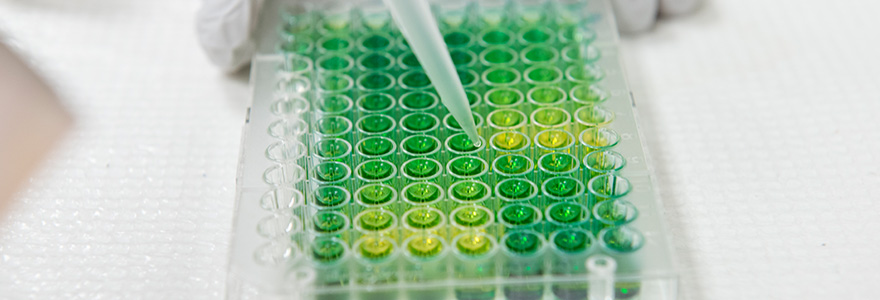Services
Forms
FAQs

Pronuclear Injections
What is the expected time for completing a transgenic project?
Once we have the digested DNA in hand, we should produce founder mice within six months. This is dependent on the number of transgenic requests currently underway in the LRTGT.
Why is a description of the potential phenotype required?
We need to be aware of the possibility that the transgene or other genetic manipulations may cause embryonic or neonatal mortality. This will allow us to plan accordingly. If there is a distinct possibility for embryonic lethality, we can collect various embryonic stages for analysis. Likely this will increase the costs associated with the service.
How many founder lines should I expect?
It has been our experience that injection of 150 embryos will result in 3-5 founder mice. This will be affected by the quality of DNA.
Why can mice not be maintained longer than two weeks after weaning?
The LRTGT has limited capacity for both space and manpower. For London-based researchers, we can arrange for Vivarium staff to handle your mice after we take them out of the Facility. Both the LHSC and UWO Vivariums have competitive rates for maintaining colonies and providing biopsies for genotyping.
What is the price for transgenics?
Currently, the price to for generating transgenics for a single transgenic construct is $4000 internally (London researchers and Southwestern Ontario universities) and $6000 externally. CRISPR based gene deletions are $6000 internal ($8000 external), but investigators should discuss this with the director first as there are many approaches that will affect pricing.
What, if any, are the guarantees?
We will make every effort to generate 3 founder mice for each transgenic construct. In the event that we do not produce 3 founder mice (and embryonic lethality has been excluded), we will reimburse the investigator %50 of the cost ($2000 internally, $3000 externally)
Why do I need to provide evidence that I can detect a single copy of the transgene in genomic DNA?
To provide any guarantees on our work, we need to be assured that your laboratory has a genotype protocol that is sensitive enough to detect the insertion of a single copy of the transgene or a subtle mutation introduced by CRISPR. In addition, from experience we have found that working out the genotyping protocol before hand greatly increases the efficiency of identifying founder mice and saves significant costs in mouse handling charges.








